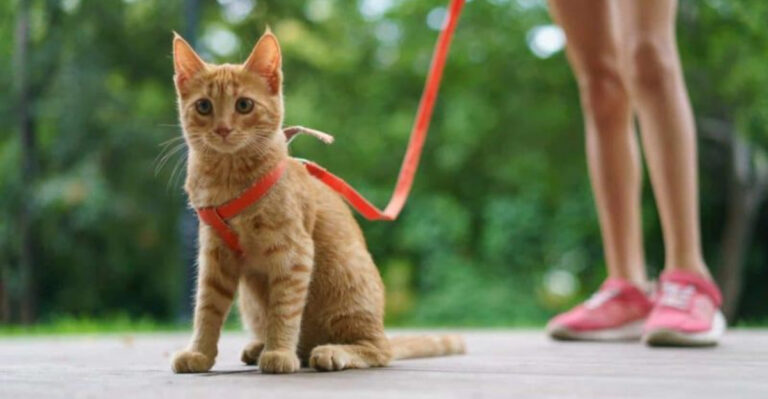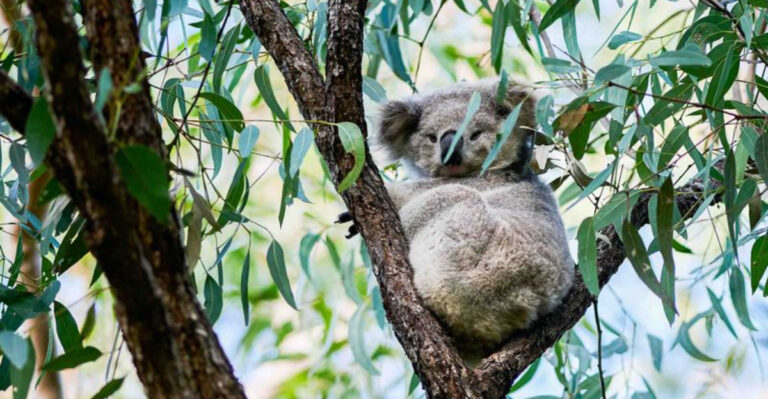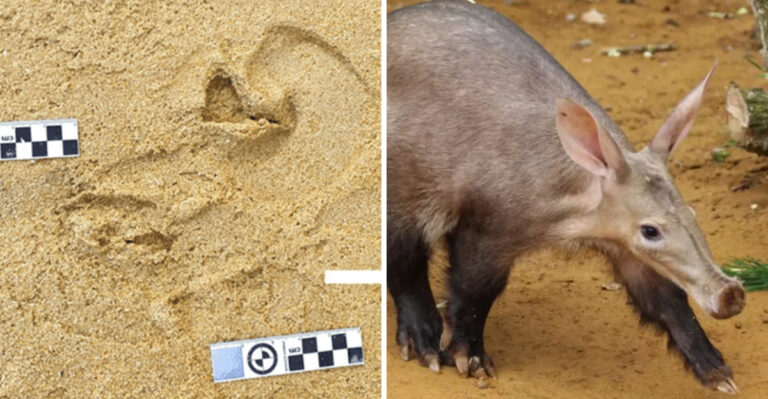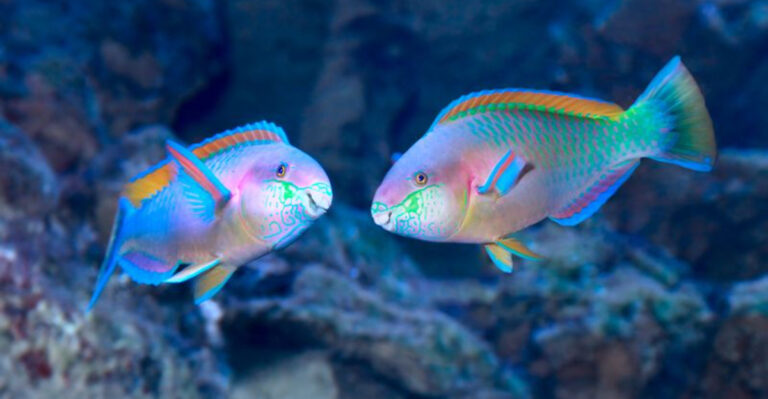Wild Monkey Behaviors Scientists Still Don’t Fully Understand
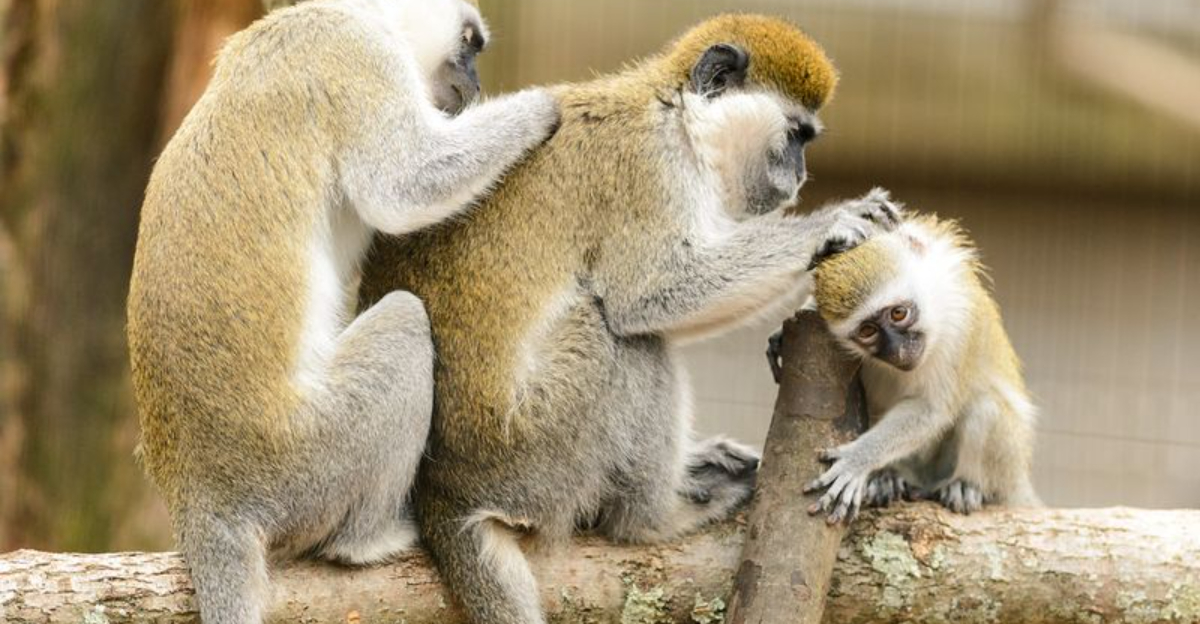
Monkeys are undeniably fascinating creatures, swinging through trees and stealing fruit like little jungle acrobats. But beyond their playful antics, there are some behaviors that leave even the most experienced scientists scratching their heads.
In this article, we’ll explore 13 wild monkey behaviors that are as mysterious as they are intriguing. From their unique tool use to the way they express emotions, these curious habits show just how complex and enigmatic our primate cousins can be.
Let’s dive into the captivating world of monkey behavior and uncover the secrets that still baffle researchers today.
1. Tool Use
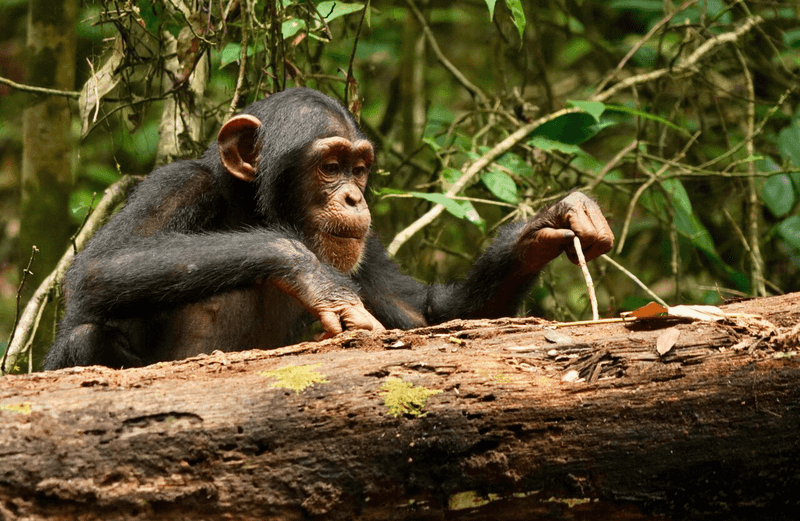
Watching a monkey use a tool is like seeing a glimpse of human evolution in action.
In some parts of Africa, chimpanzees have been spotted using sticks to fish for termites, showcasing a surprising level of intelligence.
These primates demonstrate a form of problem-solving that involves selecting the right stick, stripping it of leaves, and carefully inserting it into termite mounds.
Who would’ve thought monkeys had their own version of cooking tools? The finesse and creativity they exhibit suggest that there’s more to monkey minds than meets the eye, leaving scientists eager to learn more about their cognitive capabilities.
2. Communication Through Facial Expressions
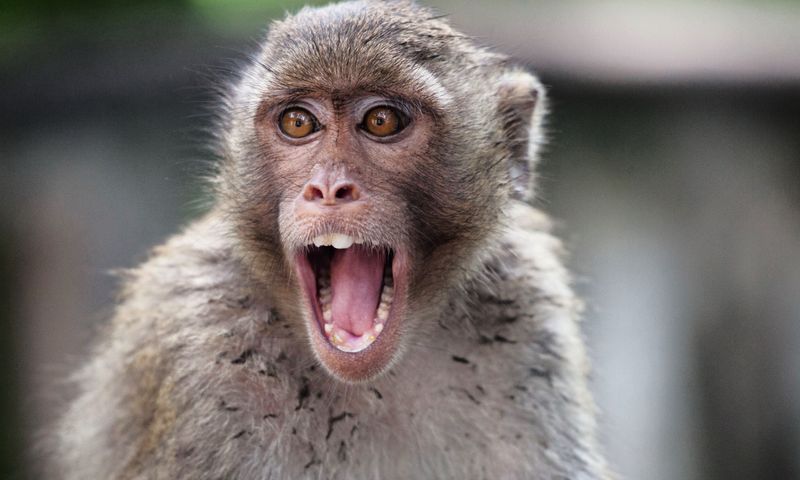
If eyes are windows to the soul, then monkey faces are like canvases of emotion. The intricate ways they use facial expressions to communicate have researchers puzzled.
A raised eyebrow or a quick flash of teeth can convey complex emotions and intentions among their troops. These expressions are not just random movements but seem to be a sophisticated language of their own.
Decoding these expressions could unlock new understanding in primate communication, but for now, every grin or grimace remains a delightful mystery.
3. Altruism And Helping Behavior
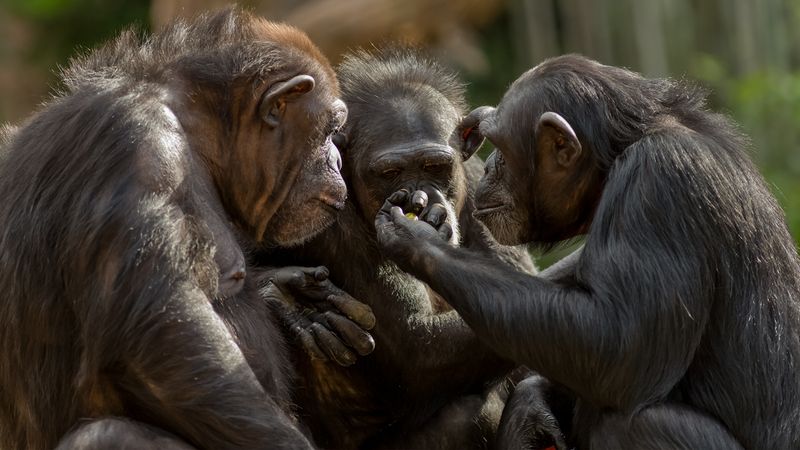
The concept of altruism isn’t exclusive to humans. In the wild, monkeys have been observed exhibiting behaviors that appear selfless, like grooming each other or sharing food.
This helping behavior raises questions about the motivations behind their actions.
Are they driven by empathy, or is there an underlying benefit we haven’t uncovered yet? The debate continues, with each act of kindness sparking curiosity about the social dynamics within monkey communities.
These heartwarming interactions invite us to rethink what it means to care for one another.
4. Cooperative Hunting
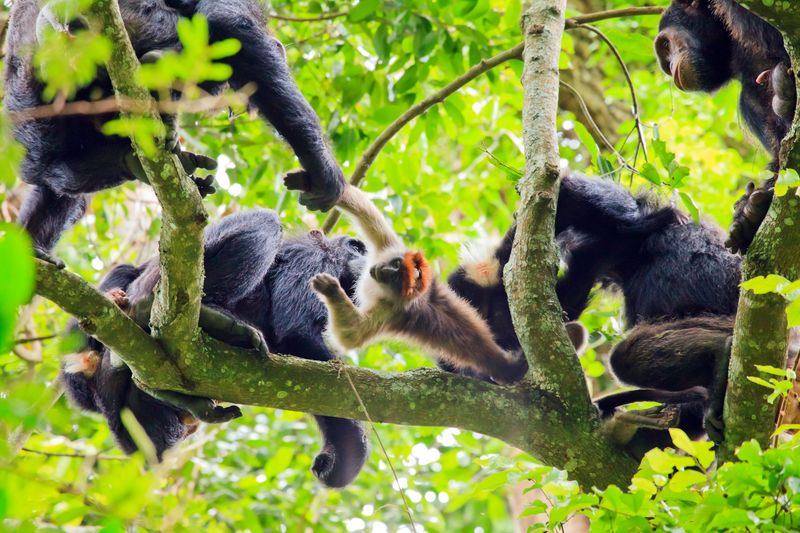
When it comes to teamwork, monkeys might just be the unsung heroes of the animal kingdom. Some species engage in cooperative hunting, where individuals play specific roles to outsmart their prey.
This coordinated effort requires communication, planning, and precise execution.
The complexity of these hunts is astounding, prompting questions about how these skills evolved. By observing these clever strategies, scientists hope to gain insights into the origins of cooperation and teamwork in social animals.
5. Kinship Bonding And Mate Choice
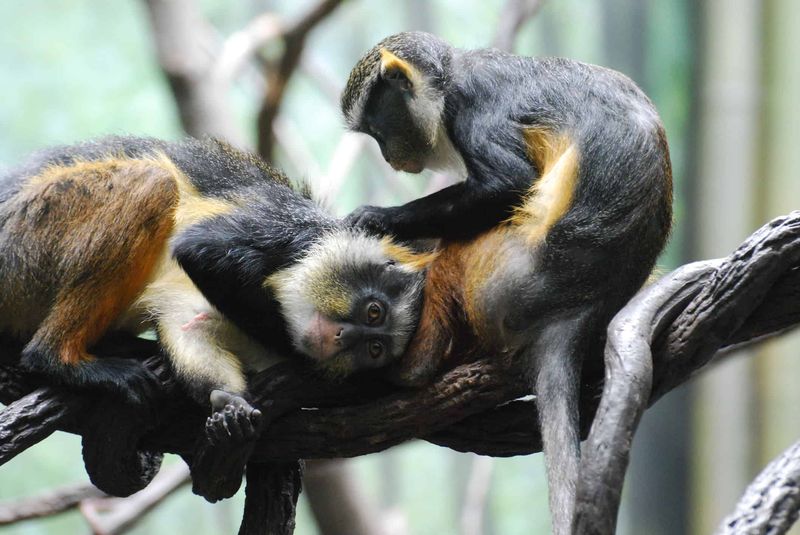
In the arena of relationships, monkeys are as intricate as any soap opera. Their kinship bonding and mate choice rituals are complex and often bewilder researchers. Grooming, vocalizations, and even gift-giving form the basis of their social connections.
How these bonds influence mate selection remains a topic of intrigue. Do they choose partners based on compatibility or social rank?
The answers aren’t clear, making every observed interaction a new piece in the puzzle of primate love.
6. Social Hierarchies And Rank Maintenance
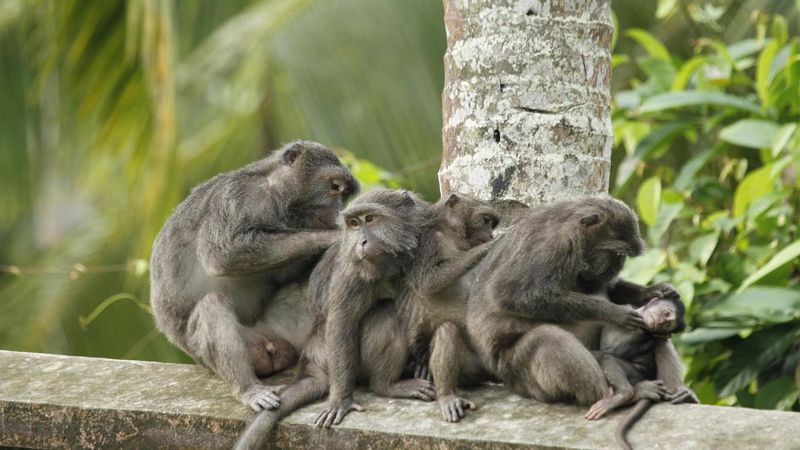
Much like humans, monkeys have their own political arenas.
Social hierarchies within monkey troops are established and maintained through complex interactions. Dominance is asserted through physical displays, vocalizations, and sometimes even grooming.
Understanding how these hierarchies form and evolve is still a mystery, with scientists striving to decode the underlying rules.
Observing these social dynamics offers a glimpse into the origins of power and influence, as well as the delicate balance required to maintain peace within the troop.
7. Grief And Mourning
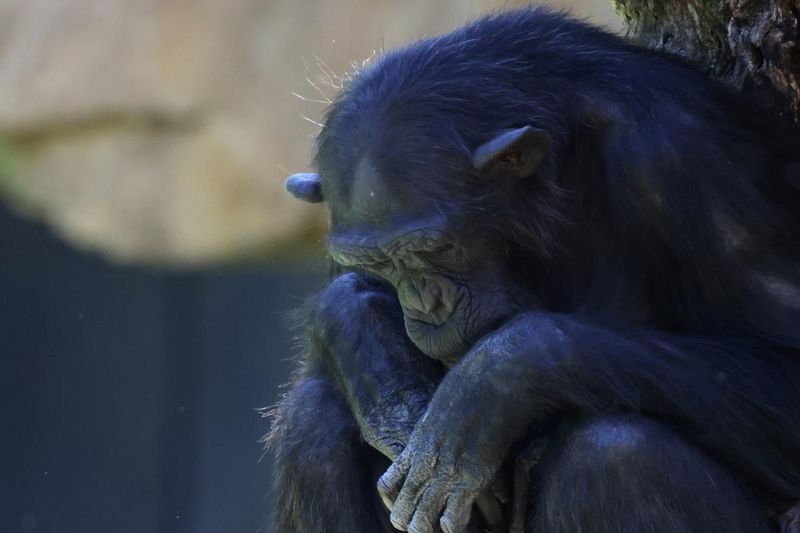
Witnessing a monkey mourn is a poignant reminder of the emotional depth within the animal kingdom. Instances of grief and mourning have been documented, where monkeys appear to exhibit sadness and loss when a troop member dies.
These moments are both touching and baffling, raising questions about the emotional lives of primates.
Are they capable of experiencing grief similar to humans, or is it something entirely different? Each instance of mourning brings us closer to understanding their emotional complexity.
8. Play Behavior In Adults
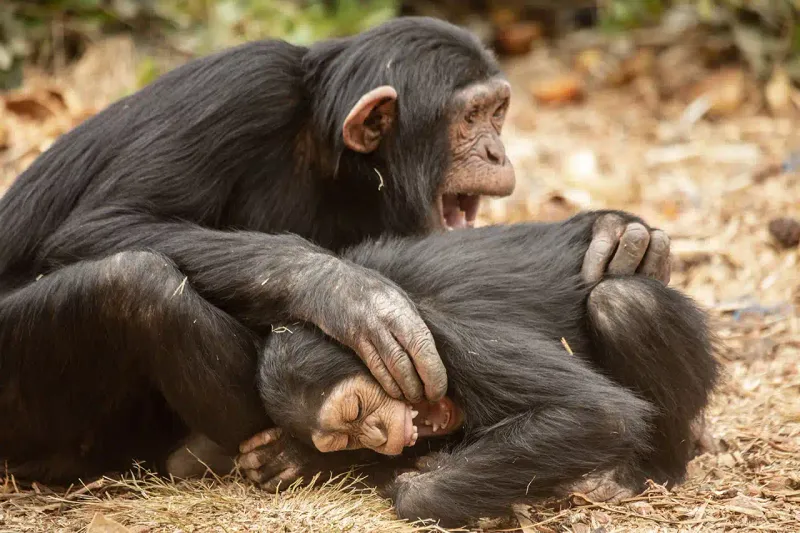
Who says play is only for the young? Adult monkeys often engage in play behavior, frolicking through their habitats with a youthful exuberance that’s hard to resist.
Their playful antics not only strengthen social bonds but may also contribute to cognitive development.
Why adults indulge in such childlike behavior remains a subject of study. Is it a stress reliever or a way to maintain social connections?
Whatever the reason, their playful nature adds a joyful dimension to their lives, making them endlessly fascinating to observe.
9. Cultural Transmission
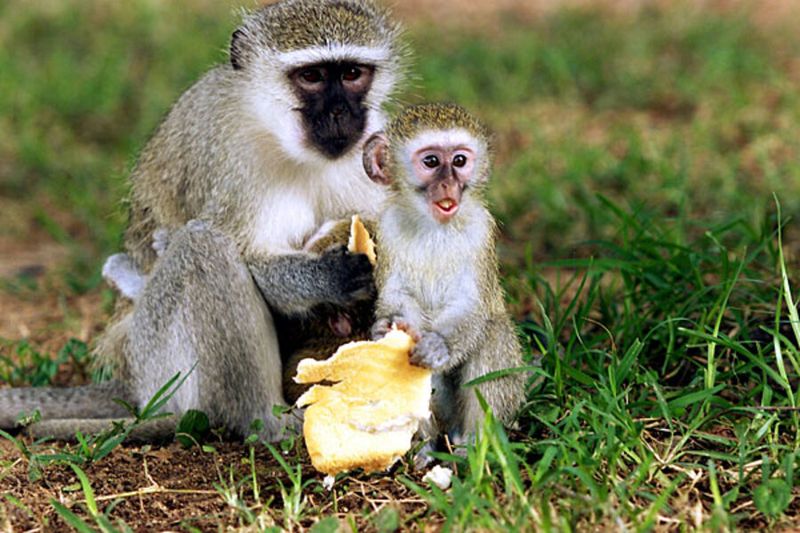
Monkeys are more than just creatures of habit; they’re culture carriers. Cultural transmission among monkeys involves passing down behaviors from one generation to the next.
This includes foraging techniques, tool use, and even social norms. The idea that animals have culture challenges our understanding of intelligence.
How and why these cultural traits persist is still under investigation, but it’s clear that learning from peers plays a crucial role in their survival and social structure. It’s a fascinating glimpse into the shared knowledge that defines monkey societies.
10. Migration Patterns

Monkeys on the move paint a picture of adventure and survival. Their migration patterns reveal strategies for finding food, avoiding predators, and adapting to environmental changes. Yet, how they decide when and where to move is shrouded in mystery.
These journeys are vital for their survival, but the mechanics behind these decisions remain an enigma. Researchers hope to uncover the cues that trigger these migrations, offering insights into the adaptability and resilience of these remarkable creatures.
11. Sacrifice For Group Welfare
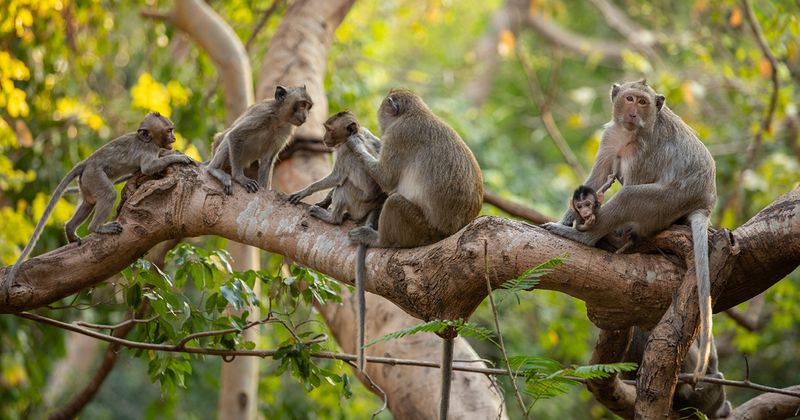
The idea of self-sacrifice isn’t limited to humans. Monkeys have been observed putting themselves at risk for the sake of their troop, such as warning others of predators. This behavior raises questions about the nature of altruism and group protection.
What drives a monkey to endanger itself for others? The answers may shed light on the evolution of selflessness and the bonds that hold social groups together.
These acts of bravery highlight the complex social fabric of monkey communities.
12. Dreaming And Sleep Patterns

Ever wondered if monkeys dream of swinging through trees? Their sleep patterns and potential for dreaming are subjects of scientific intrigue.
Observations have shown that monkeys, like humans, experience REM sleep, suggesting they may dream.
What these dreams involve or their purpose remains unknown. Researchers explore these patterns to understand more about the mental lives of primates.
The idea that monkeys might dream opens up endless possibilities for understanding consciousness in the animal world.
13. Deceptive Behavior
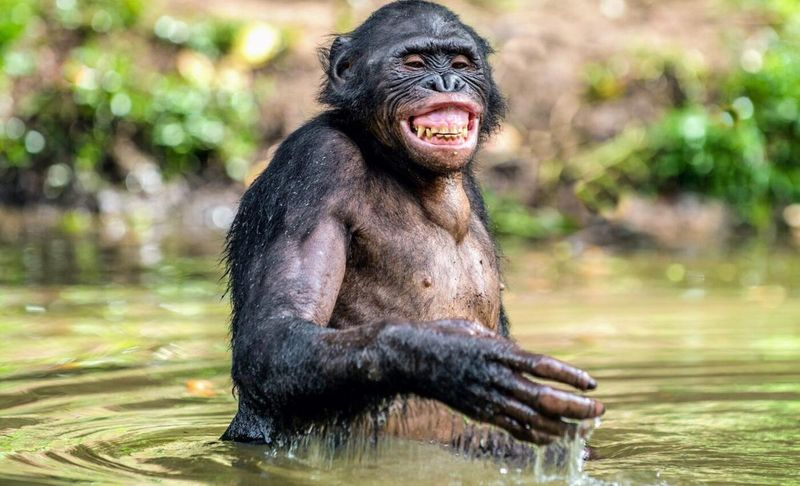
Monkeys are known tricksters, sometimes practicing deception to gain advantages. Whether it’s sneaking food or diverting attention, their ability to deceive suggests complex cognitive processes at play.
Why they engage in such behavior and how they learn these tricks remain questions of interest. The study of monkey deception not only reveals their cunning nature but also offers insights into the evolution of intelligence and social manipulation.

